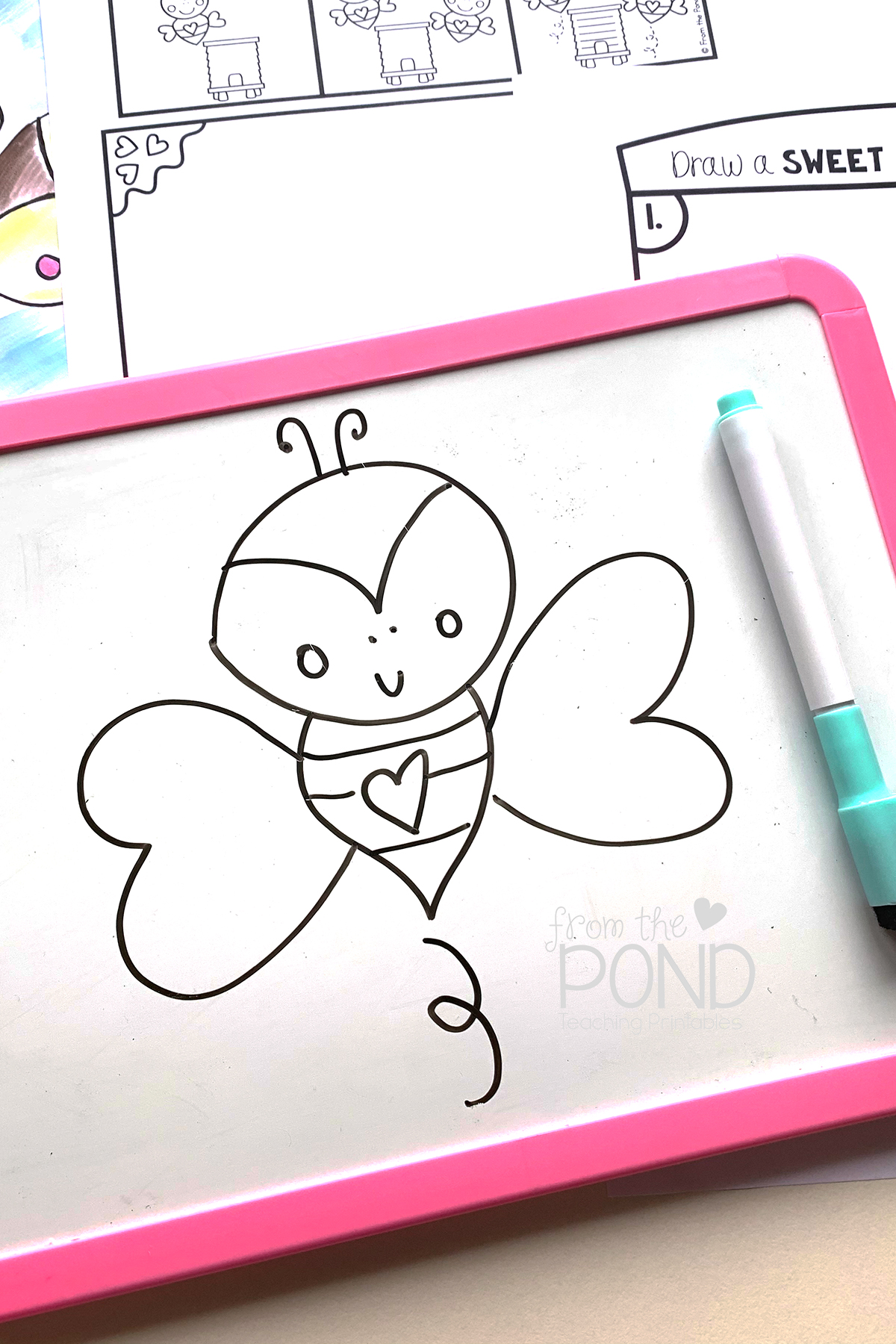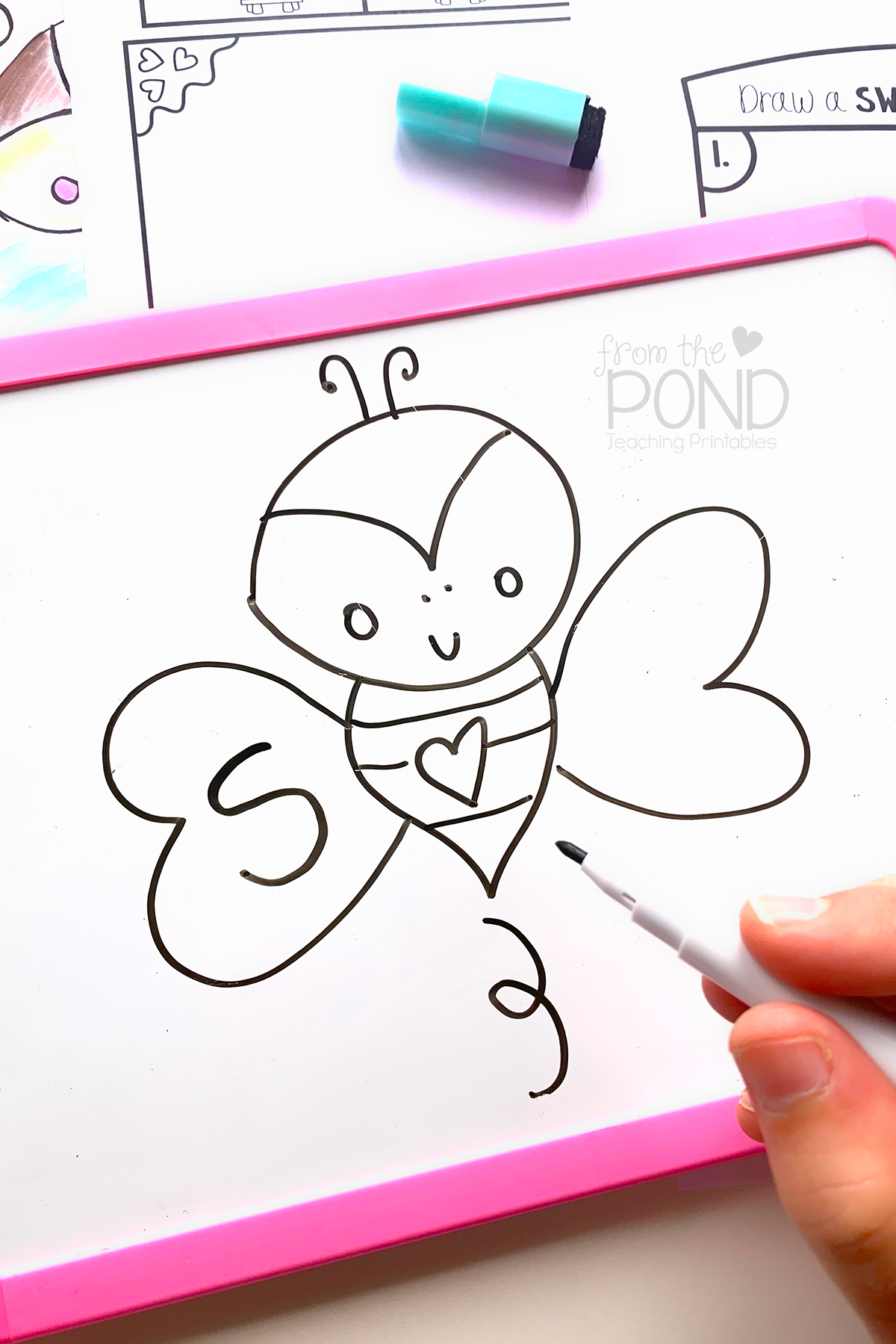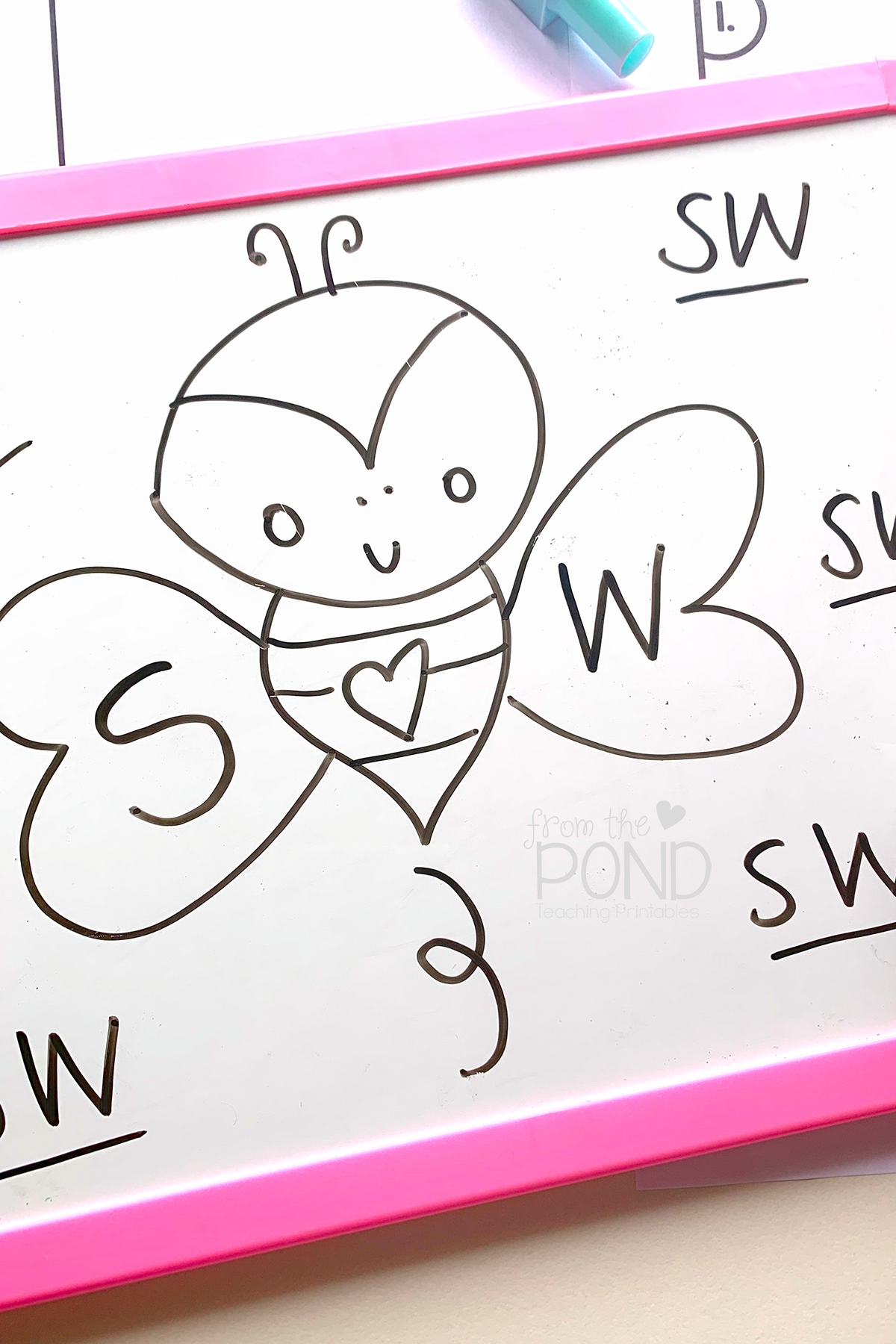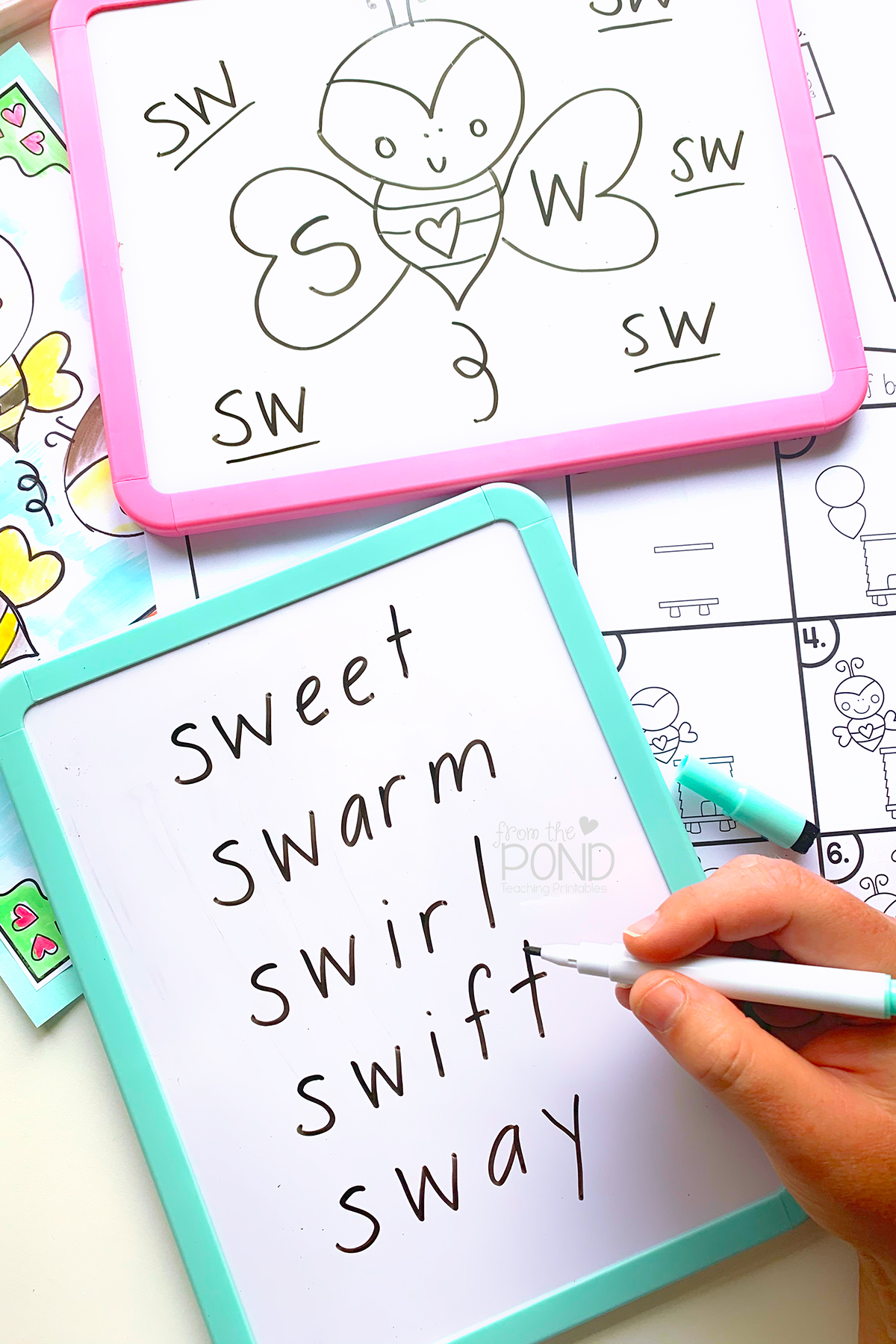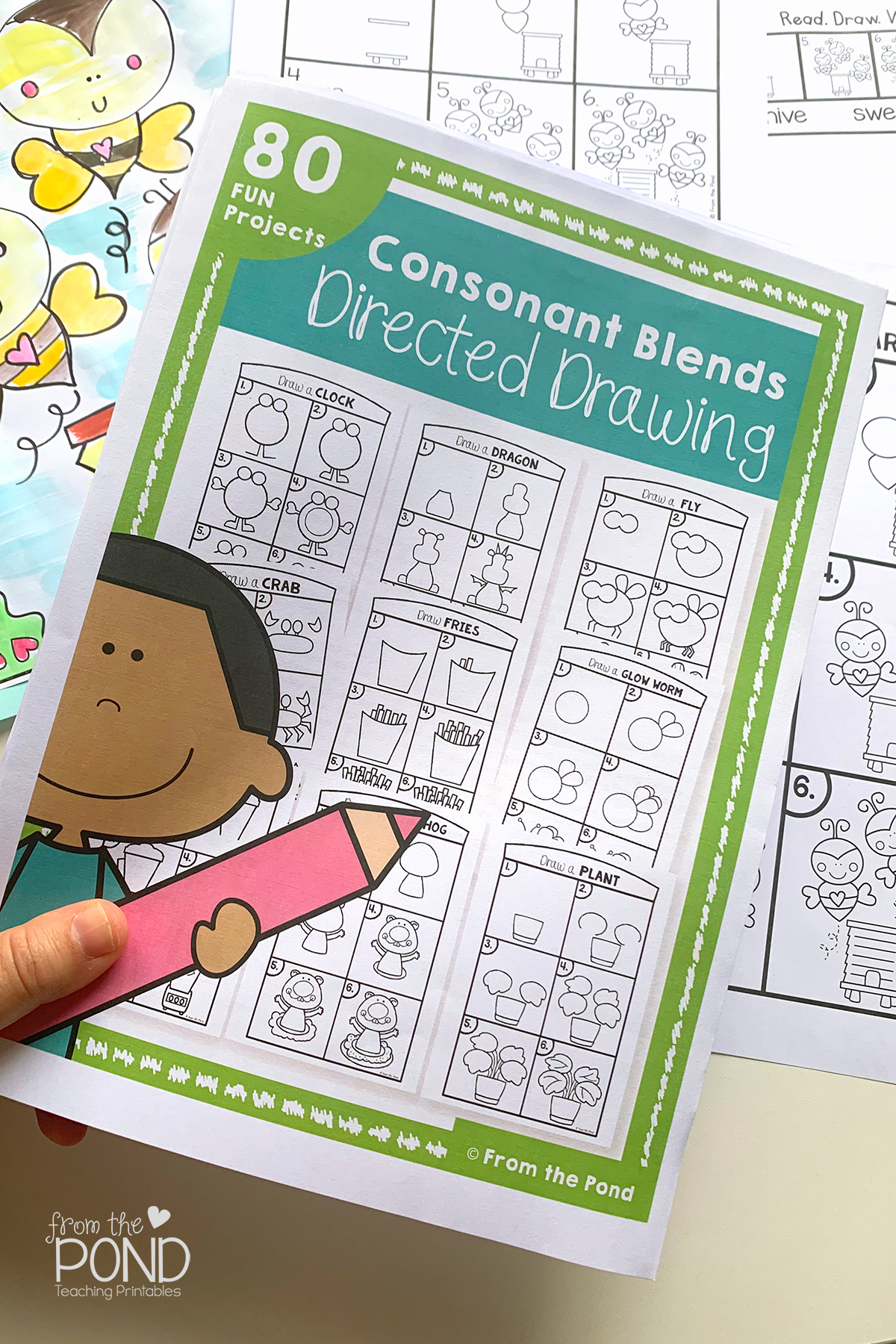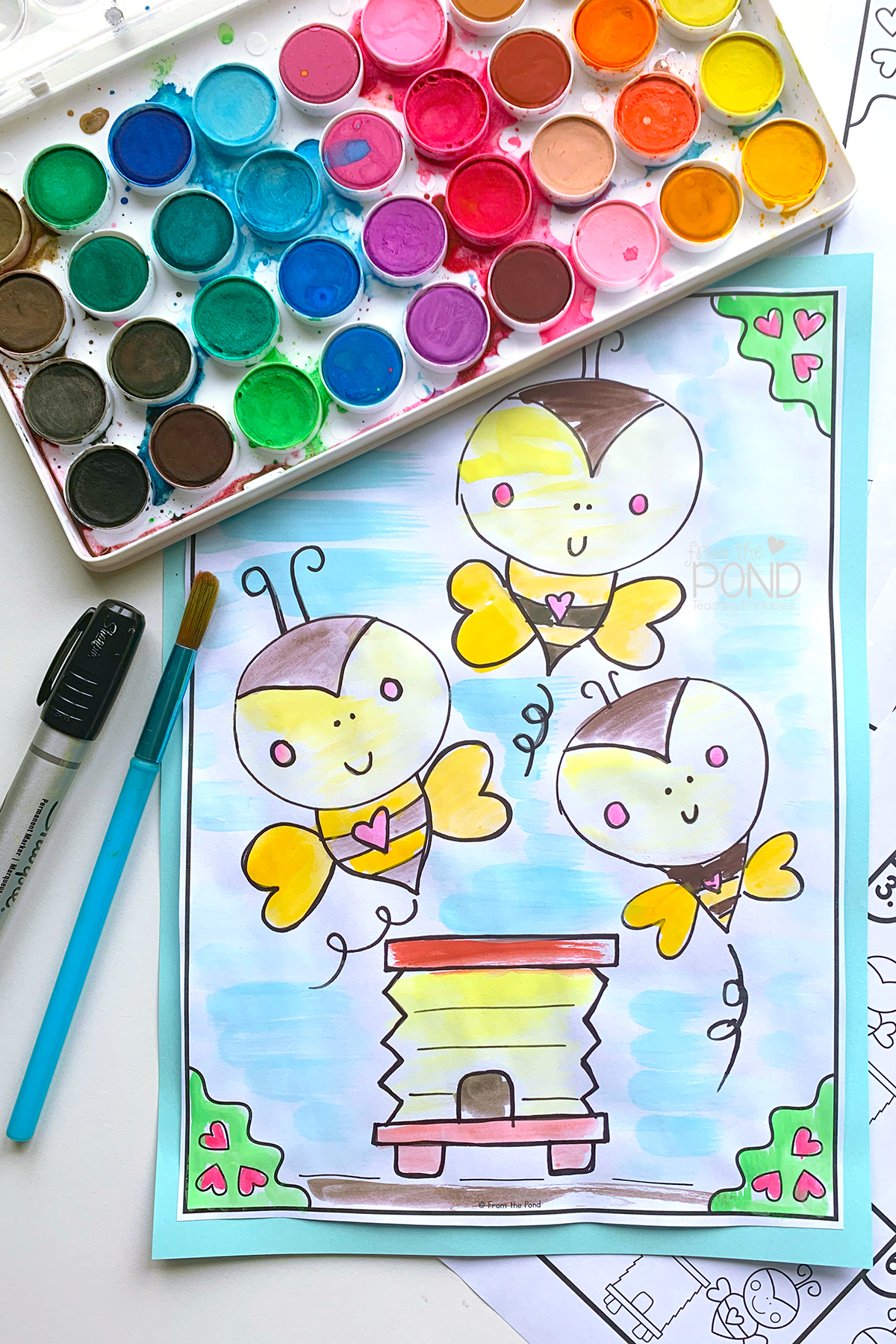Are you teaching the sw sound? I have an idea for you. It is a short lesson ignition that you can use to explain both the concept of a blend and to introduce sw for the first time.
When looking at blends, we want students to understand that the two individual letter sounds are present both visually and aurally but we want them to 'see' it as one chunk when reading and attempting to write. It helps fluency.
Introducing the sw blend
- use a whiteboard, board or chart paper on an easel
- draw a sweet bee and tell students this is a sweet bee - she makes sweet honey and swirls around the hive in her swarm of swift bee friends
- tell students that the bee's wings move rapidly and they may have heard a buzzzzzzzzzzzzing sound in the garden when bees were nearby
- tell students that this sweet bee exits the hive in the morning, a little tired and slow, as we often are when we wake up
- because she is a sweet bee, she makes sweet sounds as she looks for lovely pollen to make sweet honey
- one of her wings makes the ssssssss sound as she flutters around (write this on the left wing)
- the other wing makes the wwwwwwwwwww sound
- both these sounds are very gentle and soft and we make them by using lots of air as we say them - not our voice
- write w on the right wing
- tell students that as sweet bee warms up, her wings flutter faster and faster until they are moving so fast that we hear sw sw sw sw sw coming from her wings not s-w s-w s-w
- just like all blends, we can see and hear the two individual letter sounds, but we hear a very fast combination of both sw
- draw lots of sw blends around sweet bee
- tell students when they see the sw letters together in a word, they will know to say one chunk - sw
- tell students when they hear the sw sound in a word they are trying to write, they will need to write both s and w
- ask your students to think of other sw words, guide the discussion if assistance is needed
- record some sw words that students could use in their writing - on a chart or on the board
Consonant Blends Drawings
Last week we listed a new pack of directed drawing and writing papers to help encourage your students to be creative. Drawing can be used as a strategy for motivating students to write more descriptively. It can also help them make a start by putting pencil to paper. At times, ideas start swirling in our minds as we draw - especially if you ask students to talk about their drawing and add lots of extra detail - a background, other characters or objects.
We've also listed separately an additional drawing project for the sweet bee we described earlier in this post. Your learners may like to draw a sweet swarm of bees and record lots of sw words swirling around in the sky!
They could draw or paint their sweet bees and it makes a nice integration with Valentine's Day in February too!
